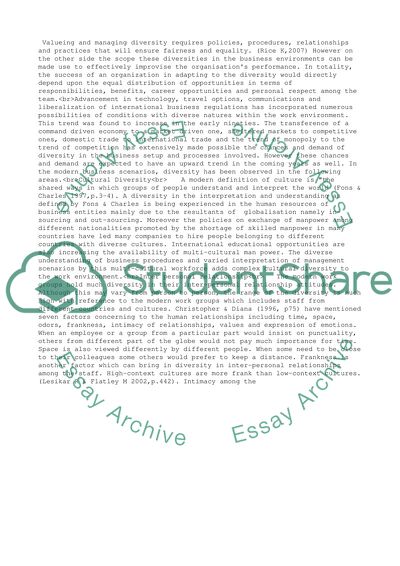Cite this document
(“Management Diversity and equal opportunity Article”, n.d.)
Management Diversity and equal opportunity Article. Retrieved from https://studentshare.org/business/1512047-management-diversity-and-equal-opportunity
Management Diversity and equal opportunity Article. Retrieved from https://studentshare.org/business/1512047-management-diversity-and-equal-opportunity
(Management Diversity and Equal Opportunity Article)
Management Diversity and Equal Opportunity Article. https://studentshare.org/business/1512047-management-diversity-and-equal-opportunity.
Management Diversity and Equal Opportunity Article. https://studentshare.org/business/1512047-management-diversity-and-equal-opportunity.
“Management Diversity and Equal Opportunity Article”, n.d. https://studentshare.org/business/1512047-management-diversity-and-equal-opportunity.


